Have you ever thought about using tea cups that were used by ancient people to drink tea?
Many antique enthusiasts have been doing this for a long time, and it's not something we just thought of today. In the early days, when Taiwanese people came to the mainland and saw that Chinese antiques were so cheap, they even bought some Tenmoku and used them for drinking tea after cleaning them.
Later on, some art institutes also thought it was a good idea to drink tea with these antique Tenmoku, and followed suit.
Today, more and more people are starting to use old Tenmoku for drinking tea.
To get back on track, these old Tenmoku need to go through a certain cleaning and disinfection process before use.
Taiwanese people used to use baking soda for cleaning, but this method is not popular anymore. Nowadays, people mostly use 84 disinfectant for cleaning.
Yes, you heard it right. It's the 84 disinfectant that you can buy at supermarkets.
The specific process is as follows:
Step 1:
Place the lightly cleaned tea cups in pure 84 disinfectant, without dilution, and make sure the 84 disinfectant covers the utensils.
84 disinfectant is a magical tool that has excellent functions for eliminating stains, bacteria, and other contaminants.
It is very powerful, and antique enthusiasts should know about it.
The soaking time depends on the degree of dirtiness and age of the utensils. Generally, soaking for a day is enough, but if the dirt is particularly heavy, spend a bit more time soaking it.
Step 2:
The second step is rinsing with clean water to remove any residual 84 disinfectant from the utensils.
After washing off the surface of the 84 disinfectant, let the utensils sit in clean water for some time (about half a day), then change the water and let it sit again. Repeat this process two or three times.
This process is mainly to remove the 84 disinfectant from the inside of the porcelain, so that it does not remain inside.
Step 3:
The third step is boiling. Put the cleaned porcelain in a large pot and boil it in water. Once the water is boiling, reduce the heat to a low simmer. Be careful with the amount of water, and do not let it boil dry.
This step is also to further remove any remaining odor, disinfect, and reduce any remaining residue, and it should be boiled for about 2-3 hours.
Step 4:
Boil with tea leaves. This step is optional and depends on personal preference. If you are still not very confident, you can continue to boil the Tenmoku with tea leaves. Collect the tea leaves you usually leave behind and boil them in the pot.
Tea leaves have a strong ability to absorb odors and detoxify, so boiling the Tenmoku with tea leaves is also a good method.
However, you should consider the consequences. After boiling the Tenmoku with tea leaves, the color of the cup may become darker, especially the porcelain. It will absorb the color of the tea water. If you are sensitive to color, then do not boil it with tea leaves, or boil it for a shorter time.
After going through these steps, you can confidently use your Tenmoku.
As each utensil is different, the times mentioned here are approximate. If you feel it is not clean enough, you can repeat this process again.
Lastly:
The method mentioned here is true, but it is not recommended to do so. Only ignore this advice if you are a rich person.
In addition, Tenmoku found in water pits can be washed, but those found in tombs or kiln sites should not be washed.


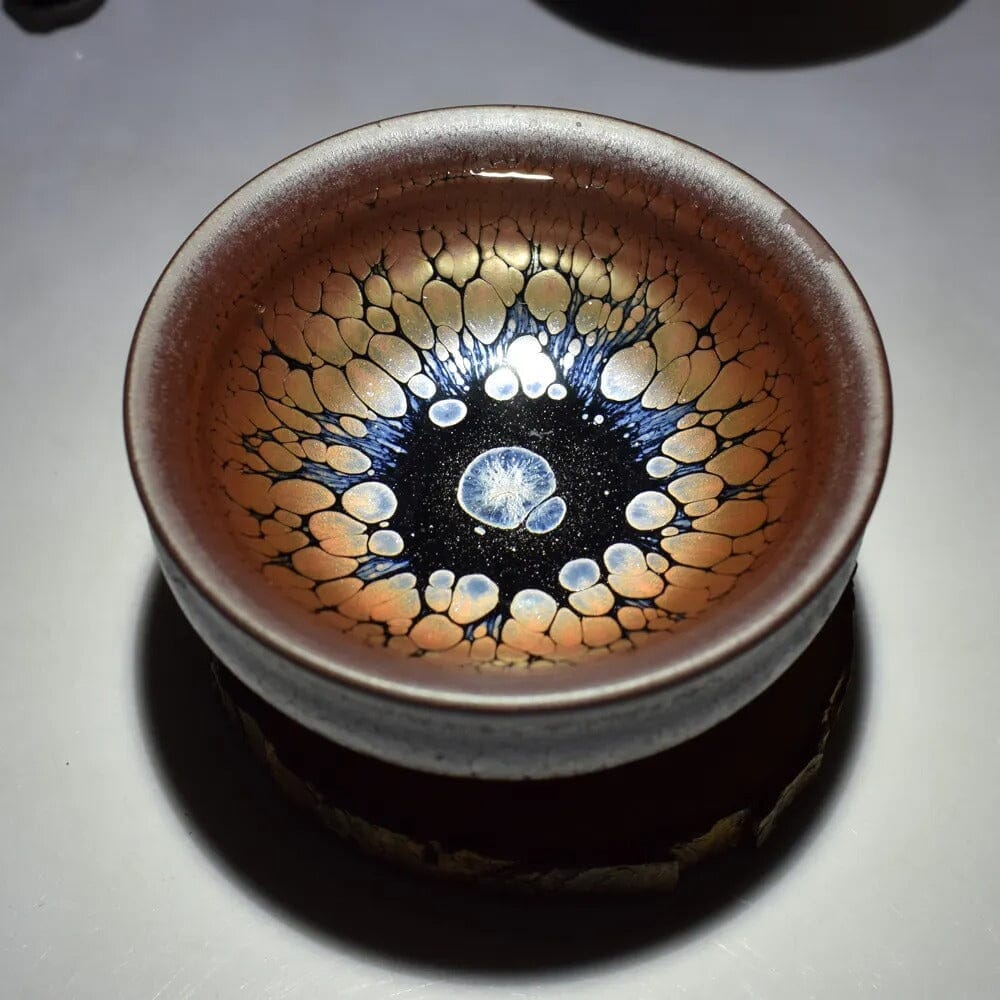
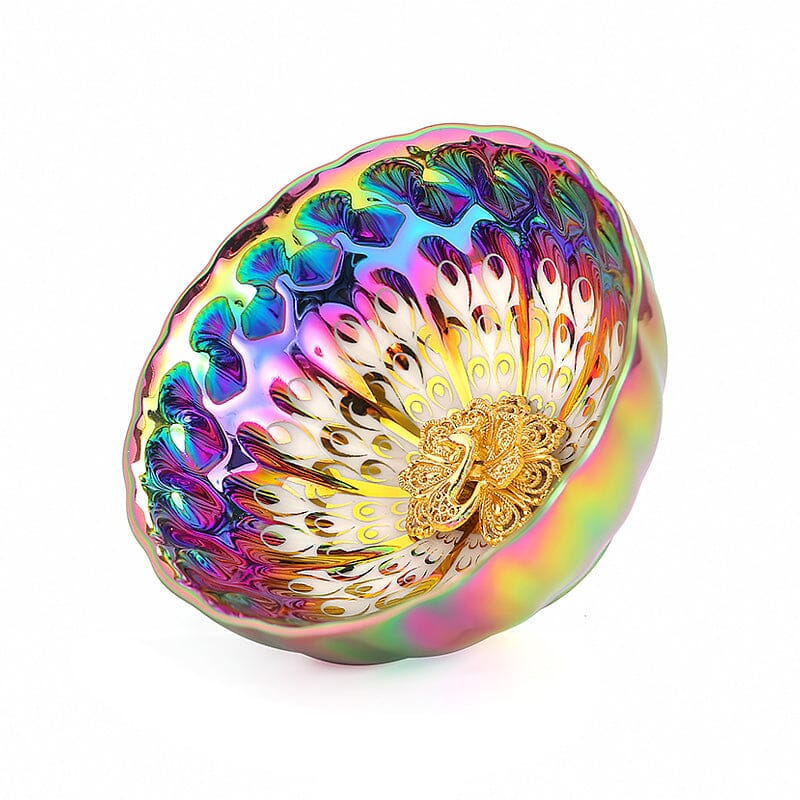
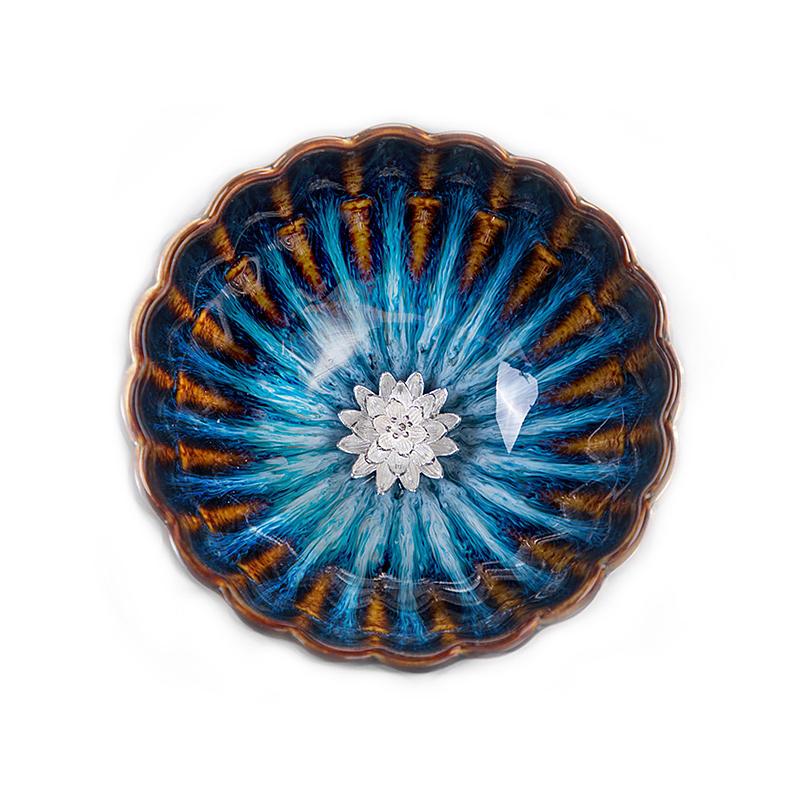
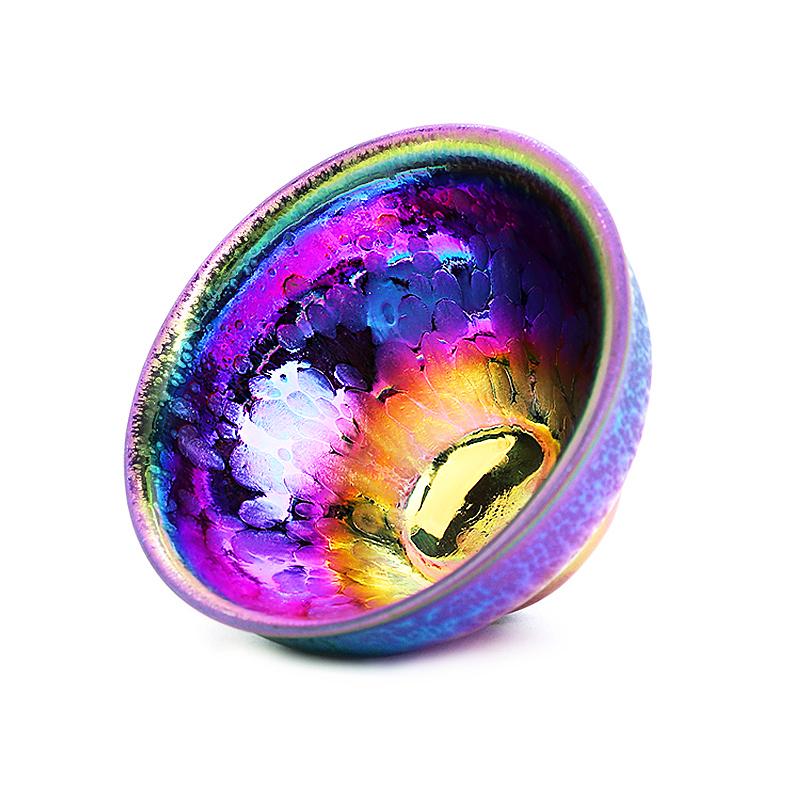
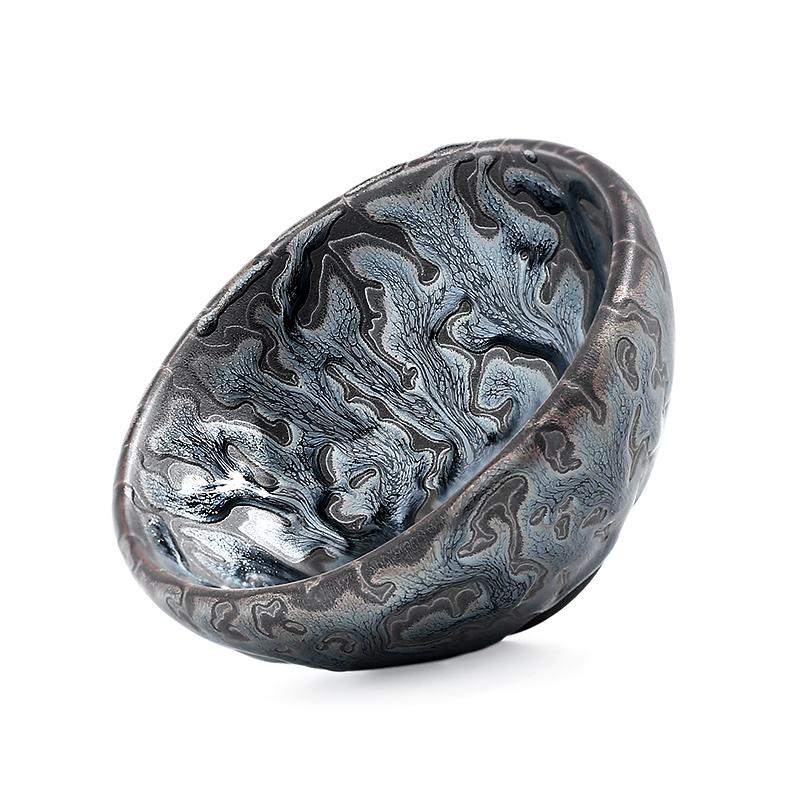
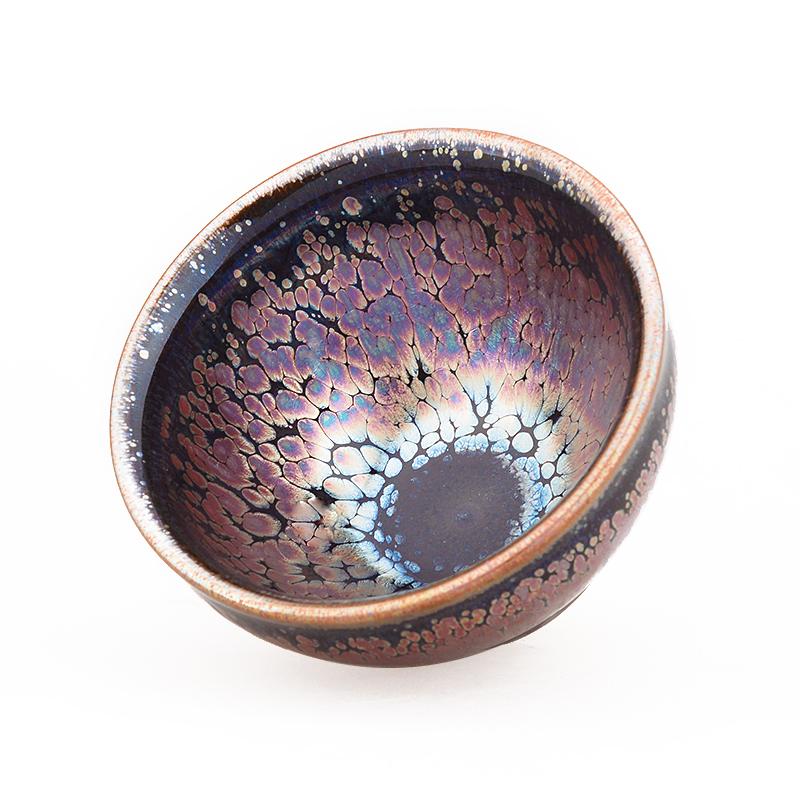
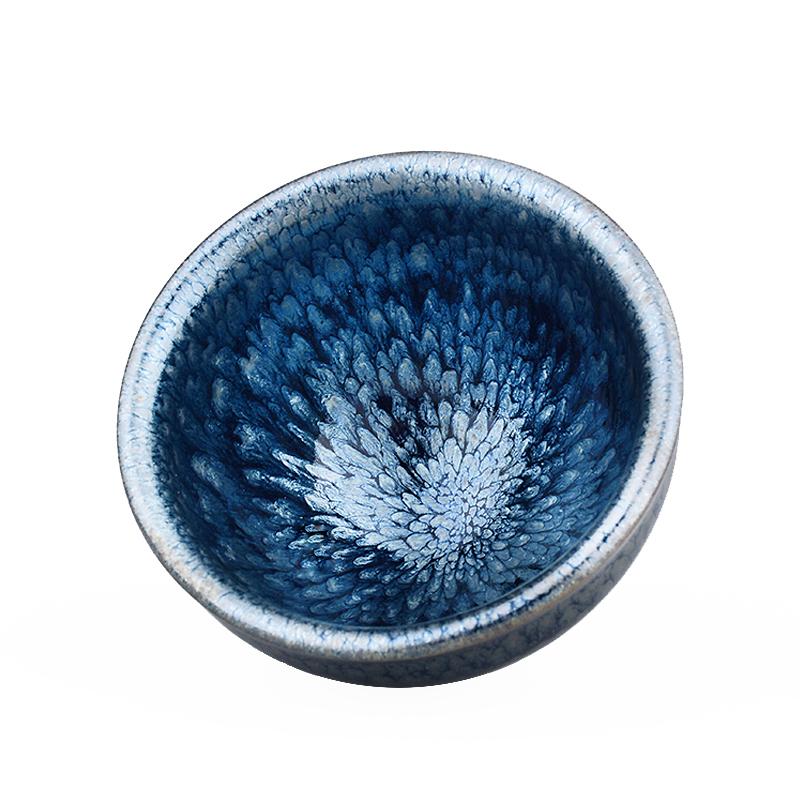
Share:
Should we tolerate tea stains in order to cultivate colorful Tenmoku glaze
Chen Naiwen: The Beauty of Tenmoku Lies in the Object and in the Heart